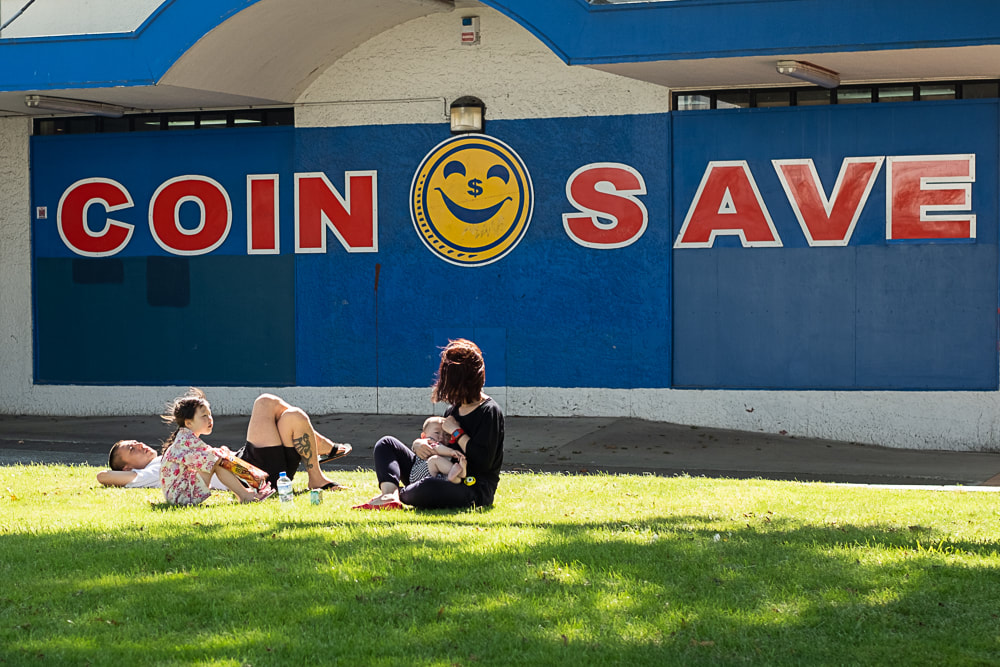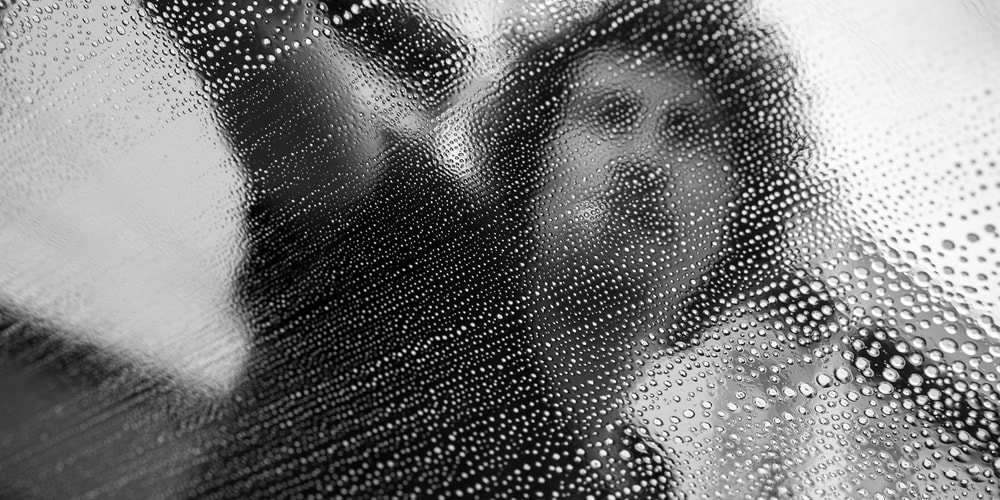|
Artist talk, Saturday 20th March, at noon. All welcome. wet_land - an exhibition by Lisa Clunie and Thorsten Hoppe - is showing at Photospace Gallery from 5th to 20th March, 2021. Interview with Lisa Clunie on Radio New Zealand, Nights programme 10 March, 2021 Ten minutes north of Whangārei lies what used to be one of Aotearoa’s largest wetlands- Te Repo o Hikurangi (the Hikurangi Swamp). Regularly passed through by tourists as they head to more illustrious destinations, the Hikurangi Swamp can hardly be recognized as a swamp these days. Some prefer to call it floodplains, both in recognition of what it is naturally compelled to do, whilst also referencing that the land no longer holds its water. After all - what is a wetland without water to keep its feet wet? Collaborating artists Lisa Clunie and Thorsten Hoppe ask us to draw our attention to this special place, through their exhibition wet_land. Responding to their local environment Clunie and Hoppe spent time in the repo/swamp photographing and recording it in all of its nuances. Central to wet_land are the stories shared, the result of the artists engaging with their community to weave together a narrative that talks about the complexity of place, kaitiakitanga (guardianship), land management and human intervention - a narrative that spans generations of memories, hopes and dreams. Over 90% of Aotearoa’s wetlands were drained during the course of the past century, and this practice is continued today. Although wet_land is intimately tied to Hikurangi itself, this exhibition relates to wetland preservation and land management throughout Aotearoa. The drainage of Te Repo o Hikurangi along with other repo that were designated as Drainage Districts in early 20th C, facilitated greater possibility for the Government to ‘enrich the Dominion’. The artists ask “since transformation is an ongoing process and an essential part of our existence, then what can we do in the present moment to learn from the past and to build for a better future”. Now is the time to reflect and rethink what value and these riches mean, and what they come at the expense of. [continues below] The sheer size of the Hikurangi catchment and floodplains make it a valuable part of our ecosystem. It was an important food basket, a place for gathering resources and a place for respite for local hapū. However, a difference in value sets and perspectives between Māori and European settlers saw increasing human intervention, to ‘cultivate’ what was deemed ‘unproductive’ land. The golden promise of higher yields of butterfat glowed on the horizon. These interventions straightened the once meandering Wairua river that made its way through the repo; channels were cut, oxbows severed, control banks built, and pump stations installed. It can be argued that this shift from thinking about the awa (river) as a living entity to that of an asset or a hindrance that needed to be ‘managed; has separated us from it. Mana whenua talk of their loss, not only of ecology and sustenance but also of spirit. The river that sustains us- and connects us all- now effectively a canal- one that some consider to be an open wound. In wet_land Clunie and Hoppe try to present these issues in an open and non-judgemental way. Talking in polarities between groups of people does not bring them to the table, nor does it encourage mutual understanding. Clunie and Hoppe’s engagement with the community highlighted that every person has unique perspective and knowledge to contribute to the conversation. The artists do not seek to provide answers, rather wet_land asks the audience to consider their relationship to the environment, and how we can work constructively with nature and one another. 'wet_land has been dedicated to the late Allan Halliday (Ngati Hau, Ngā Kaitiaki O Ngā Wai Māori). - Lisa Clunie, February 2021.
|
AuthorPhotography Matters II Categories |












 RSS Feed
RSS Feed
